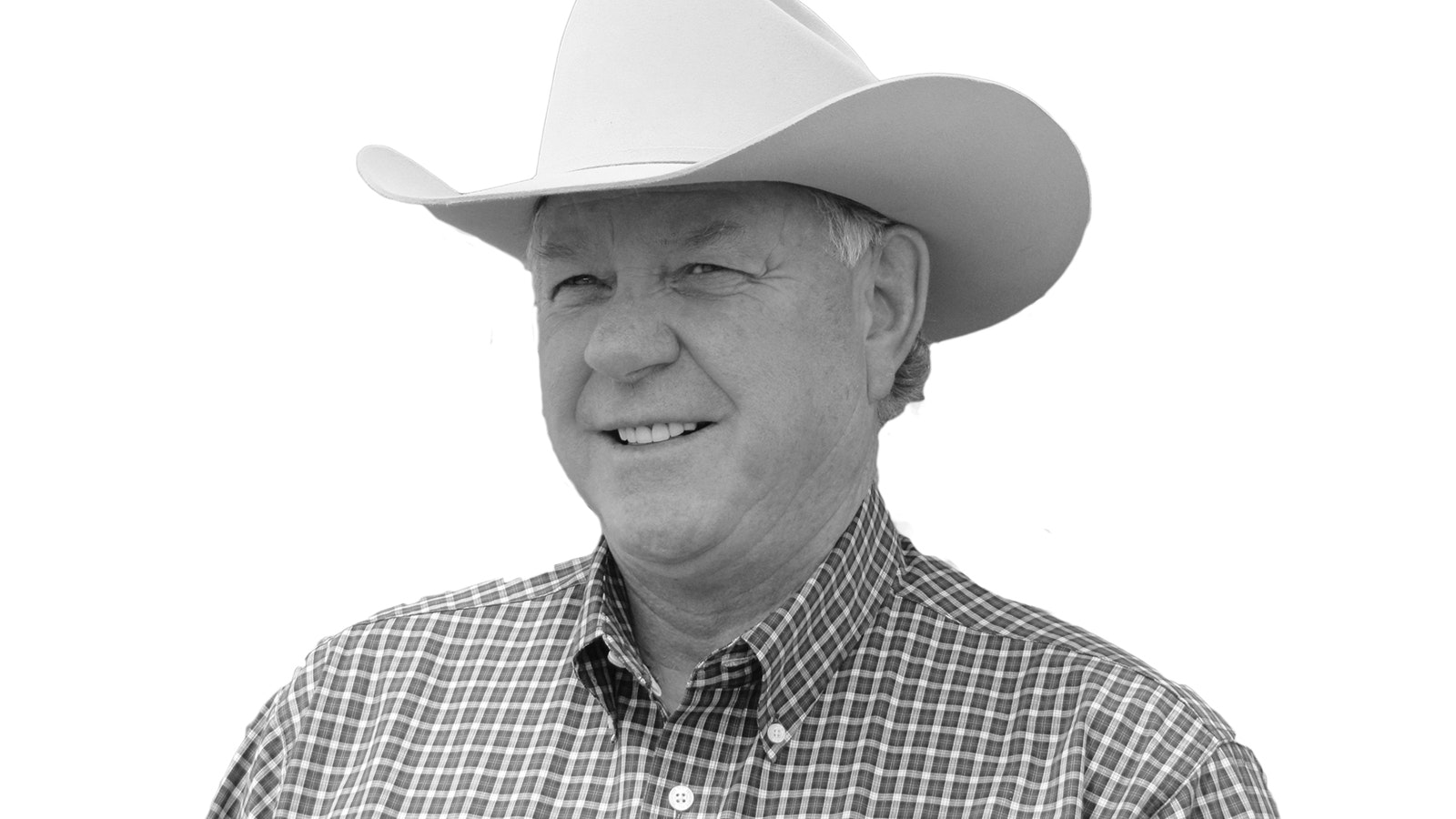For years now people have been blaming cattle for playing a large part in global warming by producing methane. While cattle do produce methane, the truth is they don’t produce near the amount some people think.
So, what happens to the methane once it leaves the cow’s stomach and mouth?
That’s right, a belch. It doesn’t come from the other end of a cow as many think. Some need to do their research and find out the truth.
I recently read a great article in Drovers Magazine, written by Angie Stump Denton, about a Beef Cattle Institute (BCI) podcast titled “Diving into Diets” with Kansas State University (KSU) Veterinarian Dr. Brad White and KSU BCI Nutritionist Phillip Lancaster, who discussed how methane is created, along with several mitigation strategies.
First, all ruminants produce methane. This includes cattle, sheep, deer, elk and buffalo. So, if you are driving through Yellowstone National Park, take some oxygen with you so you don’t have to breathe in all of that methane.
All ruminants with their unique four-compartment stomach produce methane through enteric fermentation – a natural digestive process which occurs in the rumen.
It’s created when methanogens – a type of archaea microbe – in the rumen convert hydrogen and carbon dioxide into methane during feed digestion after eating plants, then digest the carbon stored in the plants.
This process creates gasses such as methane, and methane is then belched out.
After approximately 10 years, methane is broken down in the atmosphere and converted back to carbon dioxide, which plants can take in. Without carbon dioxide, plants and trees would not grow.
Methane has a relatively short atmospheric lifespan, unlike carbon dioxide, which can remain in the atmosphere for hundreds to thousands of years.
Cattle-produced methane is part of a natural carbon cycle, where plants absorb carbon dioxide and ruminants release it, unlike fossil fuel emissions which introduce new carbon into the air.
The article states, “According to BeefResearch.org, between 1961 and 2019, the U.S. beef industry, through continued sustainability efforts and improved resource use, has reduced emissions per pound of beef produced by more than 40 percent while also producing more than 67 percent more beef per animal. Emissions from cattle, including those which come from feed production, fuel and electricity account for 3.7 percent of the total greenhouse gas (GHG) emissions in the U.S.”
Currently, emissions from U.S. beef cattle are less than half a percent of the world’s GHG emissions. Emissions from beef cattle represent 2.2 percent of total U.S. GHG emissions.
As farmers and ranchers continue to practice improved grazing methods, these numbers will fall more. One could argue, with proper grazing and storing carbon in the ground, U.S. cattle have a net zero of emissions.
If some want to point the finger at U.S. cattle for GHGs, they need to get their facts straight. We can admit they produce methane, but not to the extent some people think.
Agriculture and livestock are easy targets, but they do have their benefits for the land and those who eat beef and lamb.
Dennis Sun is the publisher of the Wyoming Livestock Roundup, a weekly agriculture newspaper available online or in print.





